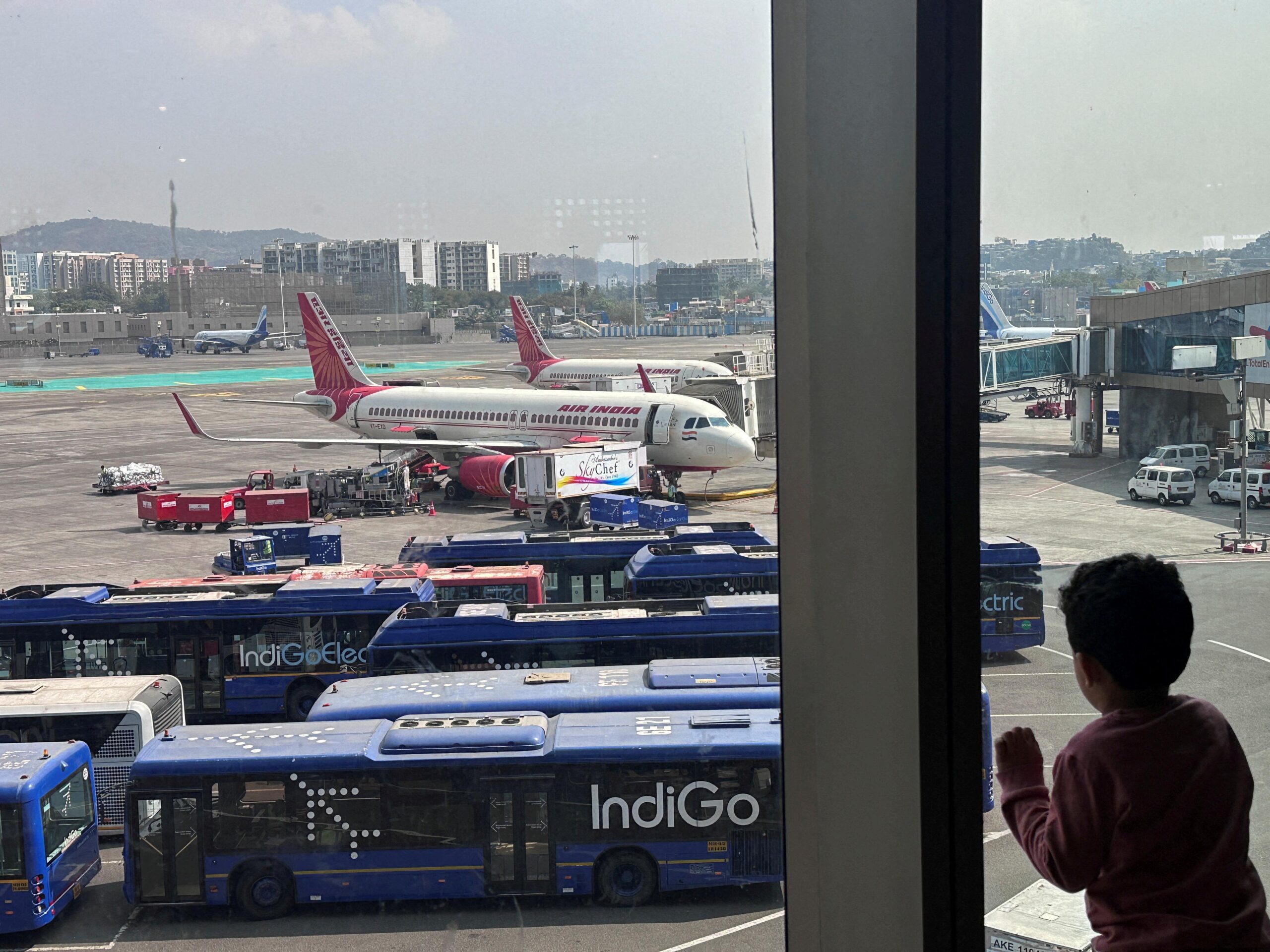[BANDAR SERI BEGAWAN] As Asia-Pacific’s (Apac) aviation industry growth continues to outstrip the rest of the world, airline leaders called for fewer barriers to air travel, among three resolutions passed at an annual industry event on Wednesday (Nov 13).
The Association of Asia Pacific Airlines (AAPA) called on governments to “refrain from introducing unilateral measures that would disproportionately inconvenience the travelling public and increase the cost burden on the airline industry, while achieving limited benefits”.
Instead, governments, industry and service providers should collaborate to “streamline protocols for international travel”, it said in a release.
This is even as the Apac air-travel industry is outperforming the rest of the world.
Said AAPA director-general Subhas Menon: “We are still expanding, and we are still looking for aircraft to operate more.”
In September, for instance, Apac airlines saw a 12.4 per cent year-on-year increase in demand, while capacity increased 8 per cent in the same time period, according to International Air Transport Association figures.
A NEWSLETTER FOR YOU

Friday, 8.30 am
Asean Business
Business insights centering on South-east Asia’s fast-growing economies.
This was much higher than the global averages of a 7.1 per cent increase in demand and 5.8 per cent increase in capacity.
“During Covid, Europe and America and even the Middle East, to some extent, exceeded Asia-Pacific’s size. But now, Asia-Pacific is a third or more of the global international air-travel market,” said Menon, who was speaking at the annual assembly in Bandar Seri Begawan.
Another resolution called on governments, suppliers, air-navigation service providers and airlines to fully adopt all aspects of the International Civil Aviation Organization’s (ICAO) sustainability road map.
For the industry to achieve net-zero emissions by 2050, the ICAO’s road map sets out proposals related to sustainable aviation fuel, new aviation technologies, carbon offsetting and operation improvements.
“A strategy that prioritises technology alongside sustainable aviation fuel, is a surer route to carbon neutrality than one overreliant on (it),” noted Menon.
There was also a resolution calling on civil aviation authorities, aviation safety agencies and airlines to work closer together on in-flight safety, and support the adoption of measures that tackle critical risks for the region.

